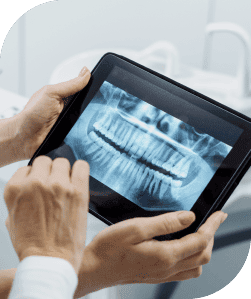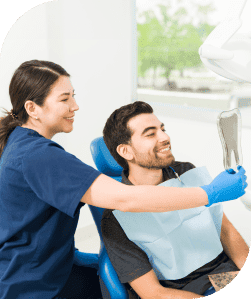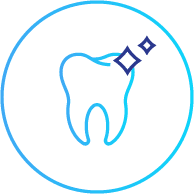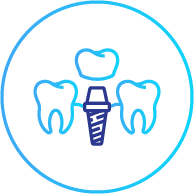
Oral Surgery in California
Discover the excellence of oral surgery in California at Smile Select Dental, where advanced care meets exceptional results. Our team of expert oral surgeons in California is here to provide you with top-notch treatments, from straightforward tooth extractions to intricate facial reconstructive surgeries. At Smile Select Dental, we focus on restoring both function and beauty, ensuring that every procedure enhances your smile and your confidence. Experience dental care that combines simplicity with sophistication, and let us help you achieve a healthier, more vibrant smile.
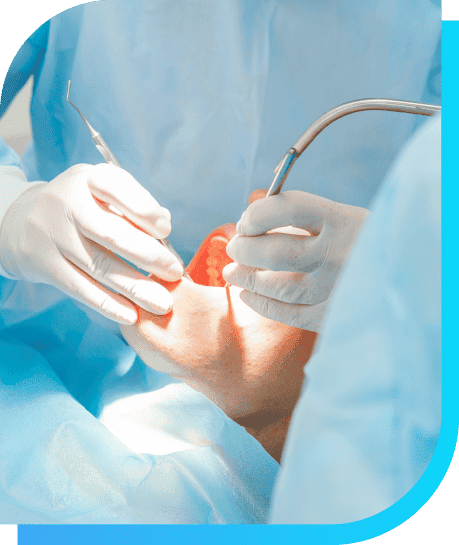
What is Oral Surgery?
Oral surgery is a specialized field of dentistry that involves surgical procedures to address various issues within the mouth, jaw, and facial structures. It encompasses a range of treatments designed to correct functional problems, treat diseases, and enhance aesthetic outcomes. Common procedures include tooth extractions, wisdom teeth removal, dental implants, and corrective jaw surgeries. Oral surgery is performed by highly trained specialists who use advanced techniques and technology to ensure optimal results and a smooth recovery.

